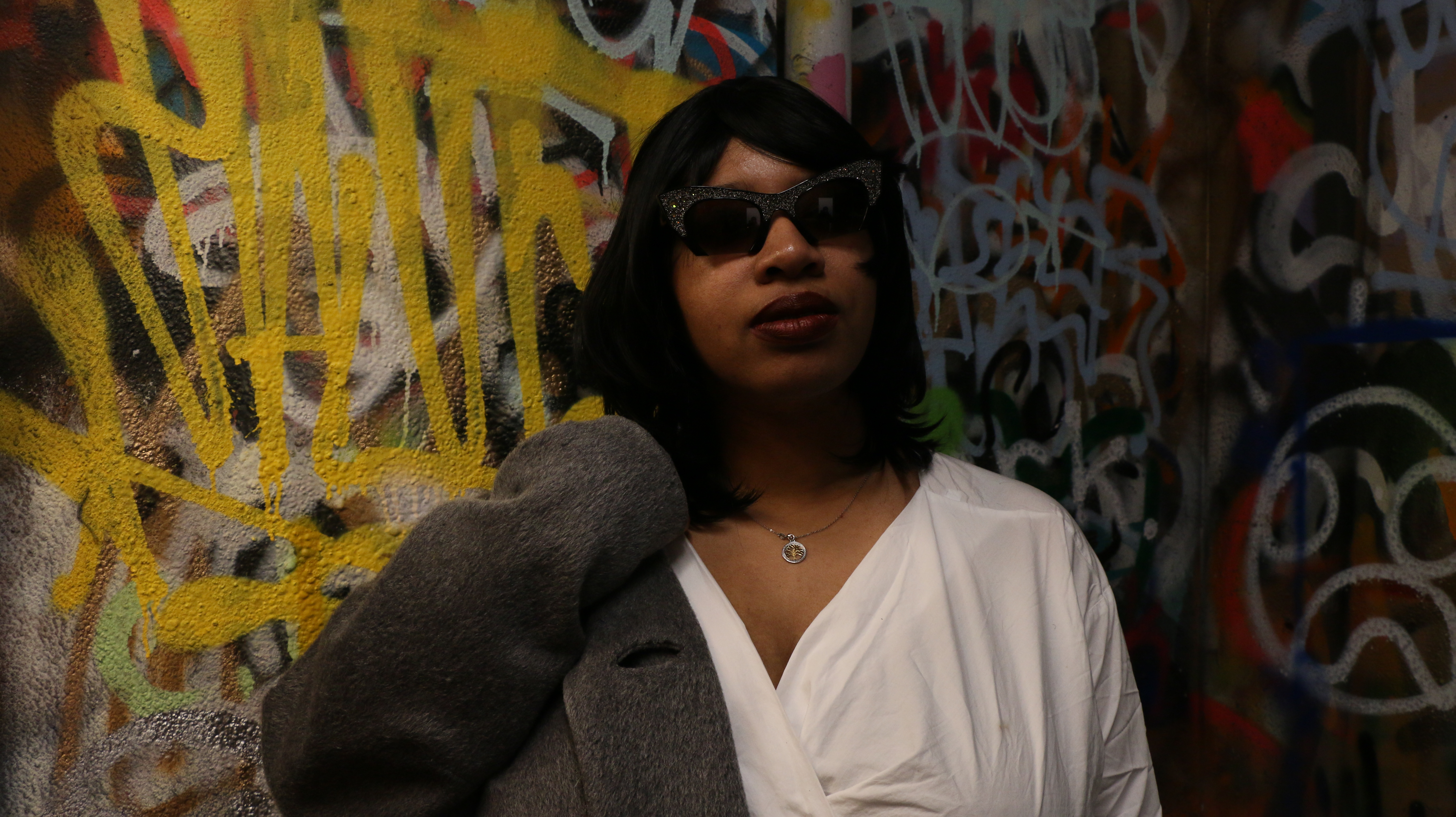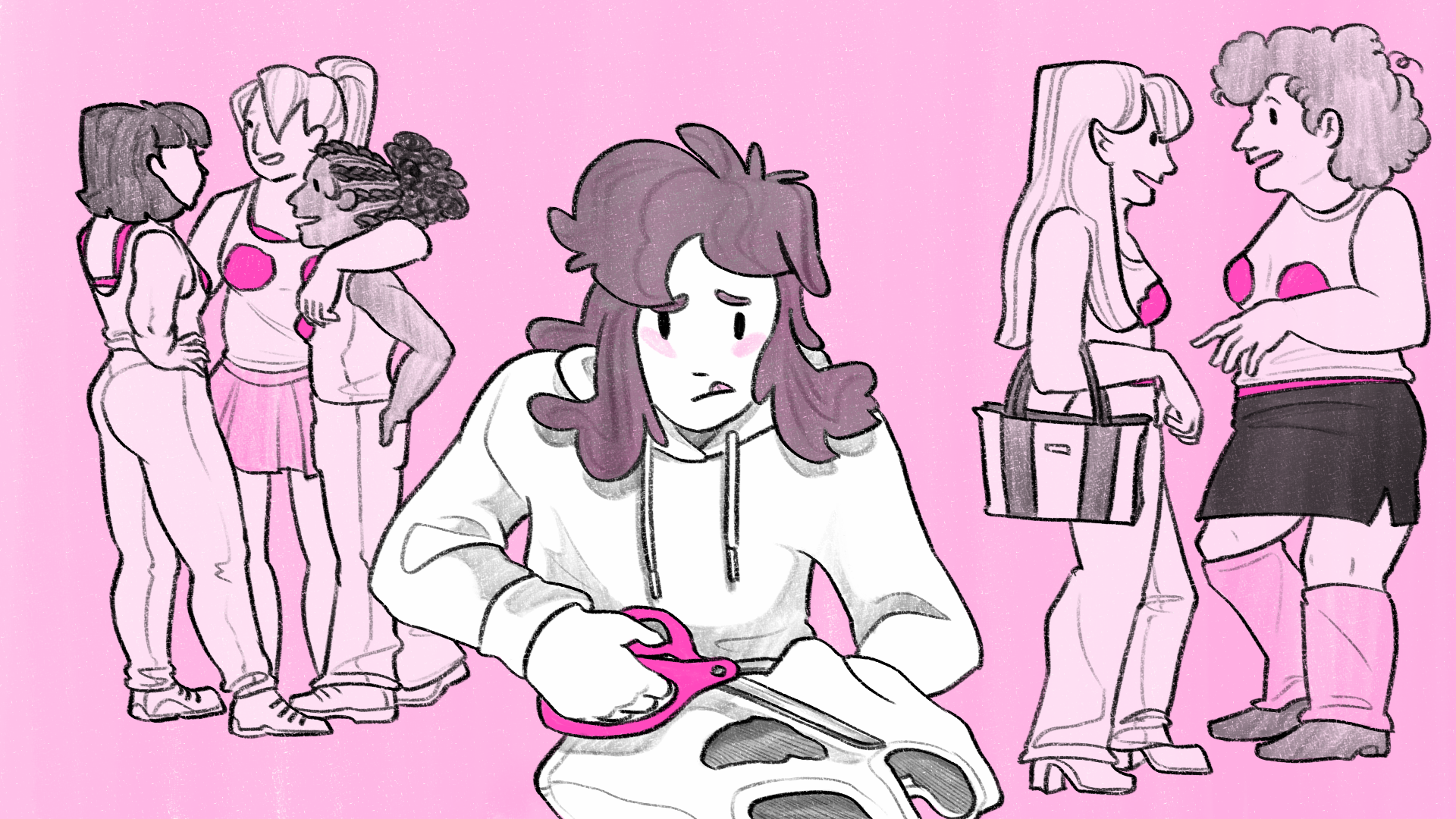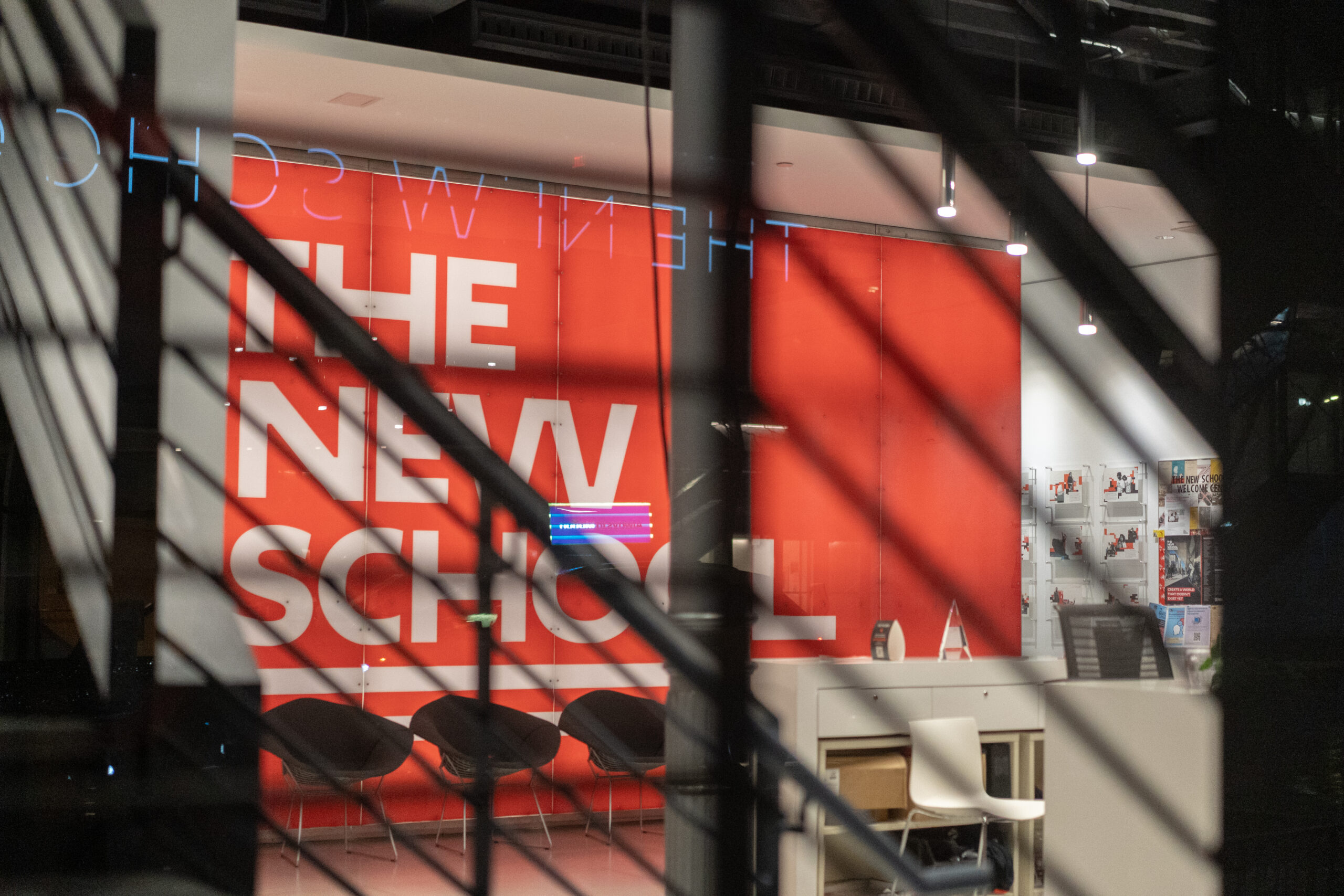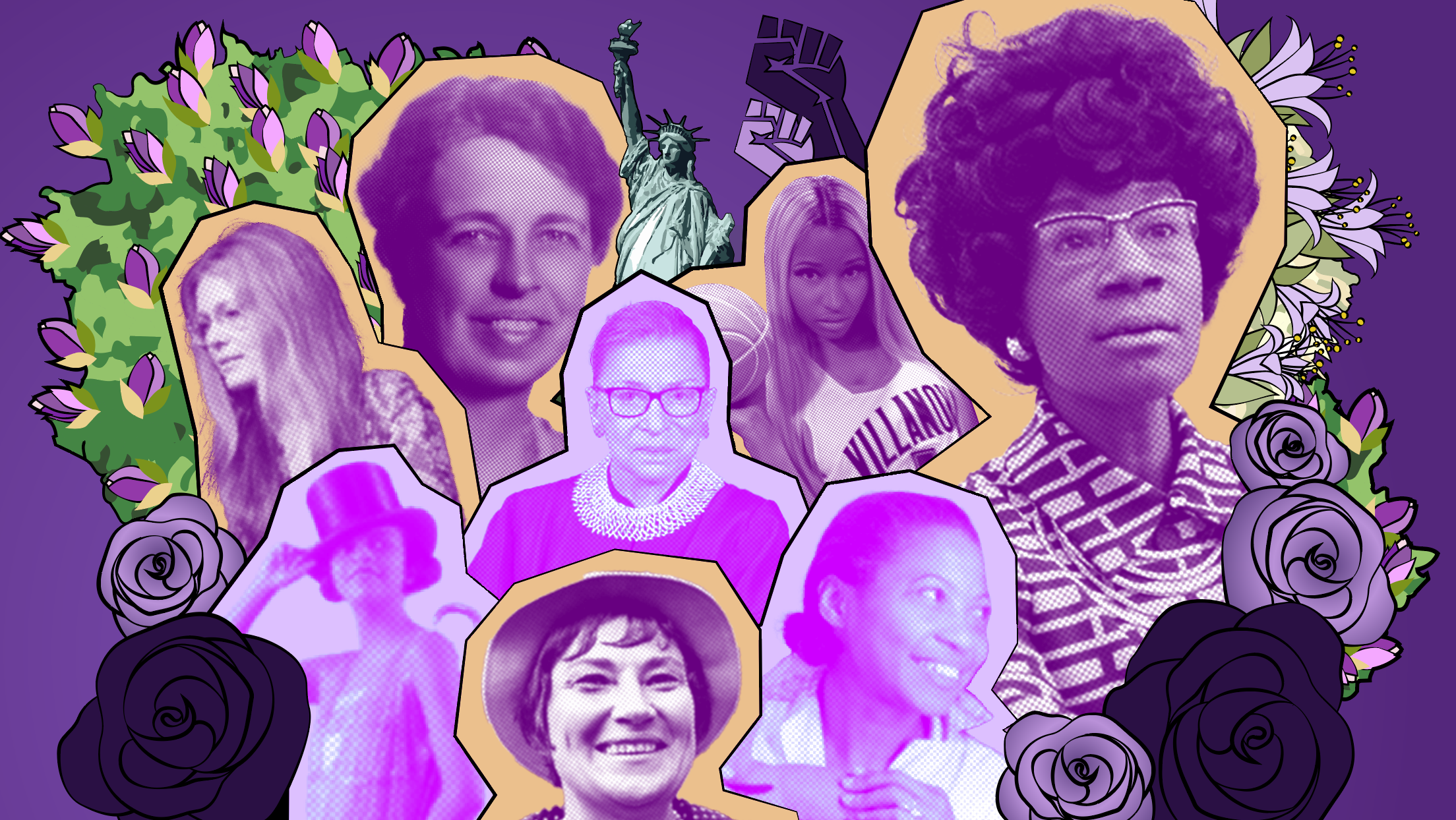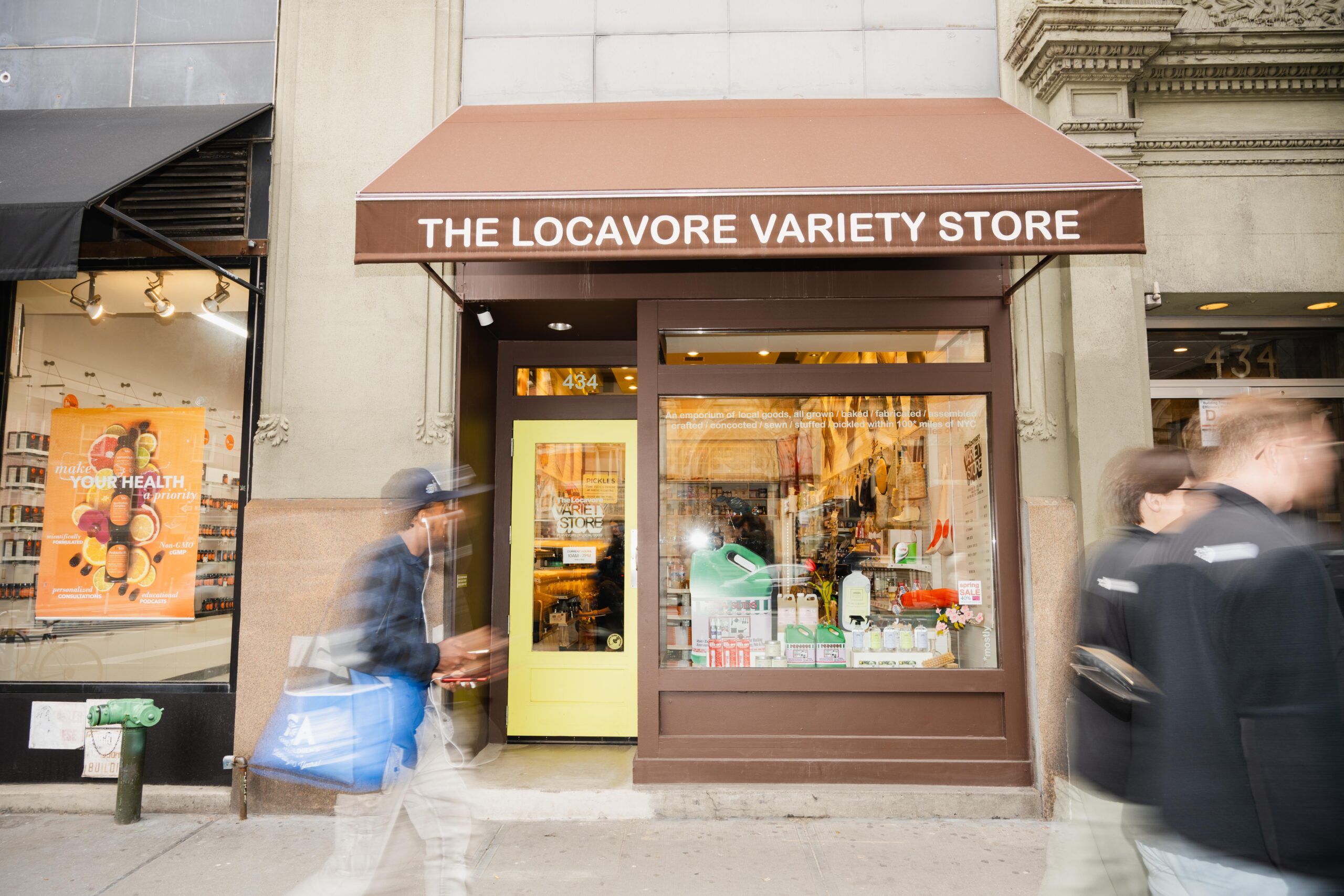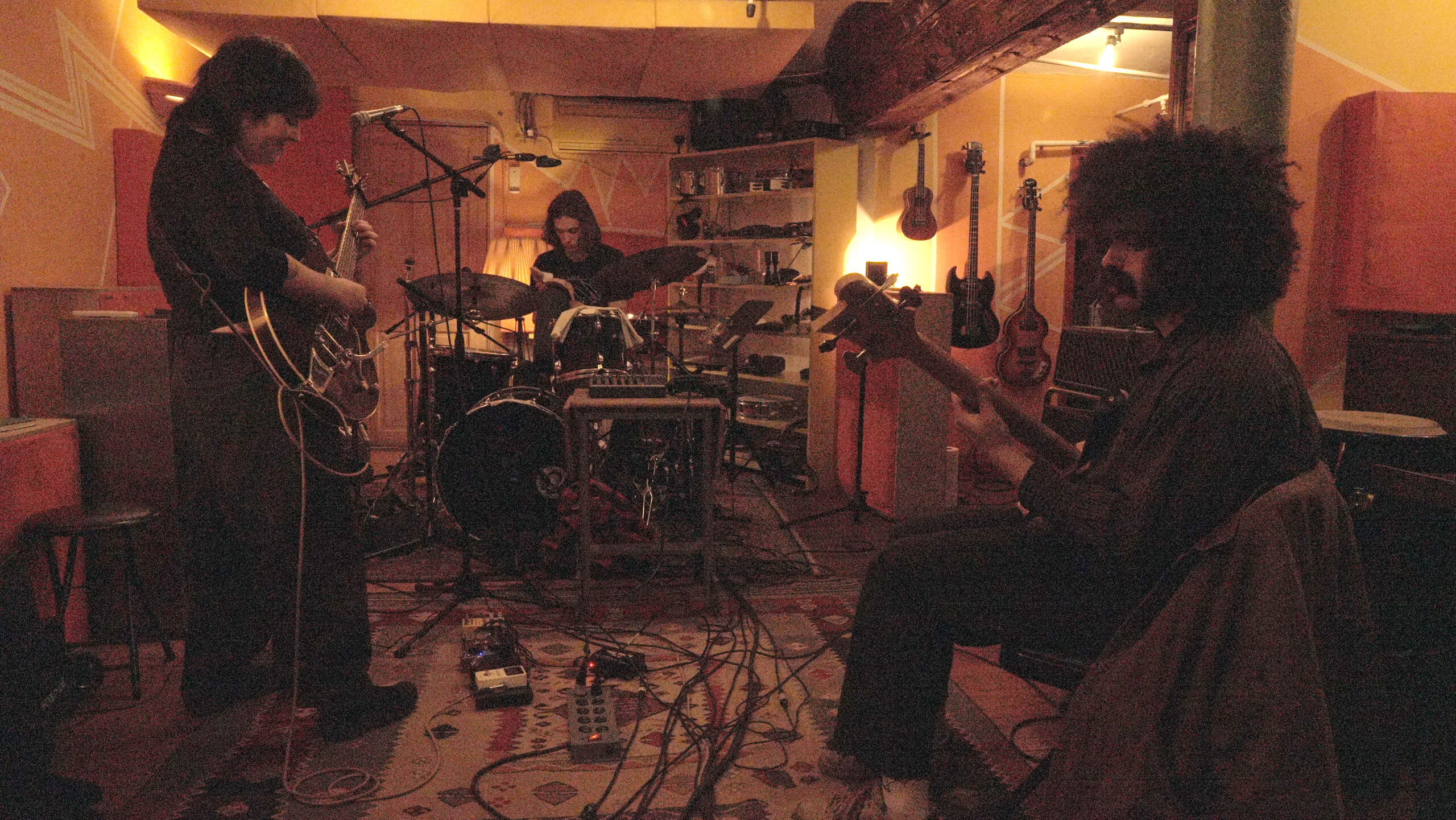Sophia Jones arrived 15 minutes late to the agreed meeting time at her photography studio archive in the Parsons fine arts building located on the fourth floor of 25 E. 13th St. With red lipstick on her teeth and her pink Miu Miu sunglasses case in hand, she apologized and explained she had to take the subway from her Upper West Side apartment—she almost never takes the train.
“[My sunglasses] are last season, but I still wear them anyway,” Jones said after receiving a compliment about the studded frames. It was raining outside. She took off her coat and hung it on a nail in the wall of her studio—a clever fix to the absence of a coat rack. Her coat hung there among framed portraits of her T: The New York Times Style Magazine cover, a clipping of her retrospective at the Whitney Museum of American Art and a sticker warning potential unwanted visitors there is a security camera inside. There really is a camera. It doesn’t work.
Attached to a clipboard is Jones’ docent manifesto. “You should be: bitchy when necessary, self-important always,” it read at the top in bold lettering. “You have the ability to exaggerate as much as you would like, but keep things plausible,” she let docents, ticketers, assistants and interns know in the case of an open studio. “[Jones] vacationing in Ibiza with two of her closest models is plausible, her being one of the first to fly to Mars is not,” the instructions continued. “Her expressing a want to fly to Mars is plausible. Her explicitly exposing herself as an abuser (or having studio assistants say that she is) is not.”
Jones is a character. Literally.
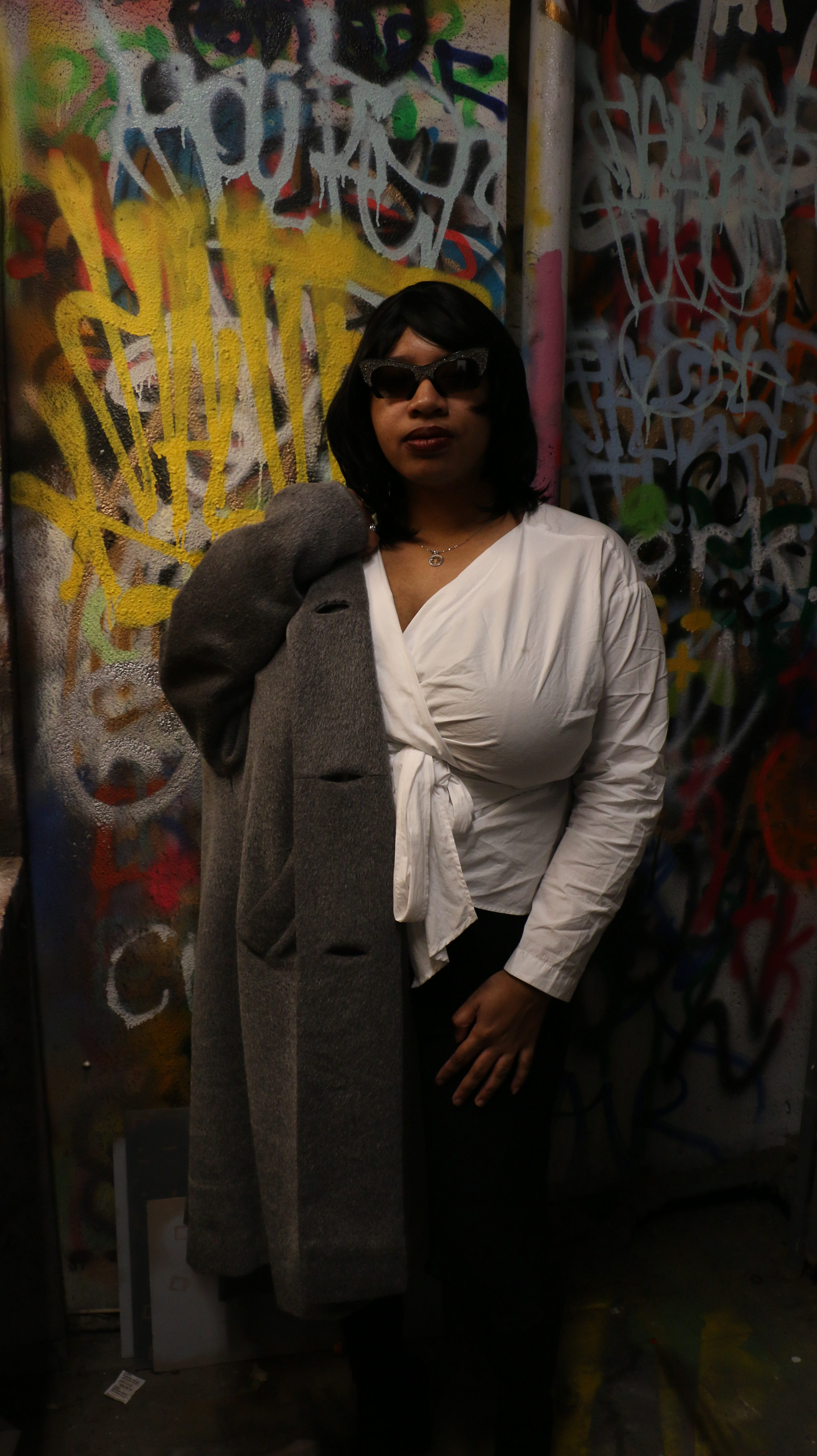
She was created by fine arts senior Morgan Hayes, 22, during her freshman year at Parsons for a foundation studio class where the professor, Alex Segade, had his students develop alter egos and interview each other. Thus, Sophia Jones was born, and lived on.
Hayes said she was partially inspired by white artist Joe Scanlan and his controversial creation of the fictional black, female painter Donelle Woolford. This led the Yams Collective, an African diaspora group, to withdraw their video piece from the Whitney Biennial in 2014 because of the inclusion of Scanlan and his fictionalized black artist.
Jones was developed out of necessity according to Hayes, but also as celebrity commentary in the art world. “Celebrity culture and art is maybe an ultra superficial sort of merging because art can be so fucking nerdy,” Hayes said. “That sort of gets lost when celebrity culture enters it. It’s so funny.”
Edward Valdez, 20, is a former intern of Jones’ who used to work with Hayes at Van Leeuwen Ice Cream. Valdez was hired by Jones to explain her photography to onlookers in the fine arts open studios last semester. He said Jones requested a specific attitude when dealing with people; snotty and gross. “Morgan does a great job at portraying some of the BS in the art world,” Valdez said. “[Jones] is somehow believable. This person could totally exist. I feel like people would totally eat that shit up too.”
Valdez mentioned the Kardashians and how people idiolize five women on TV for seemingly doing nothing. If they can exist and have a platform, Sophia Jones and the ambiguity of who she is and what she does could certainly exist in reality and no one would question it.
That mostly has to do with how well-developed Ms. Jones—as she prefers to be called—is as a person. She said she was born in Charlottesville, Virginia, and immediately backtracked by admitting to being farther west than Charlottesville. She claimed it anyway. Jones went to Liberty University for her undergraduate degree in business administration, and attended the San Francisco Art Institute for her masters in photography. A “slight collapse” in Jones’ career is mentioned online and attributed to photographer Annie Leibovitz’s infamous Miley Cyrus Vanity Fair shoot in 2008. The persona is nothing short of thorough. “My birthday is in January,” Jones said vaguely. “I’m not a very personable person, and a woman never tells her age.”
This is the only hole in Jones’ story. The quick bio on her docent sheet says she was born in 1969 (making her at least 49 years-old) and is a Pisces. A January birthday would make her a Capricorn. Hayes mentioned later that Jones is a notorious liar.
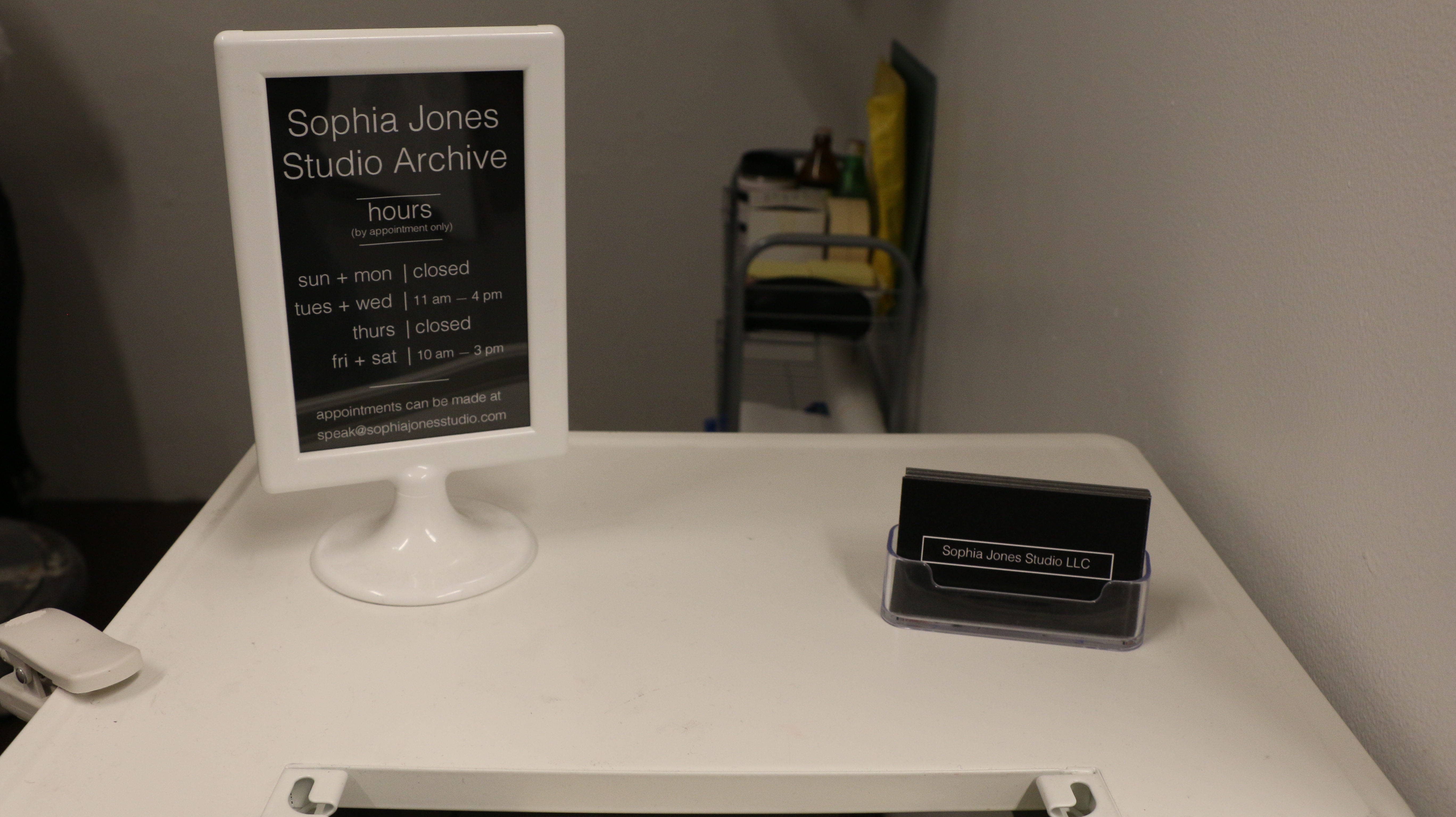
The saying might be “life imitates art,” but Hayes may be a rarer “art is distorted by life.” Similar to her lipstick teeth stained persona, Hayes grew up in Richmond, Virginia, with a younger sister—Jones, however, claimed to have no siblings. Hayes is also a Sagittarius, which when paired together with Pisces is supposedly “a relationship of dreams,” according to Astrology.com. She worked as a casting intern at Ryan McGinley Studios, which Hayes considers an aside from her field of making work or working conceptually. While not totally in alignment with her more conceptual or abstract based practice, the internship did “work” for Sophia, Hayes said. “Working as an intern for Ryan gave me a general understanding of how a studio with a commercial and fine arts practice runs,” Hayes said. “It also gave me a positive pole on the spectrum of male photographers working with the nude body rather than focusing on Richard Kern and Terry Richardson all the time.”
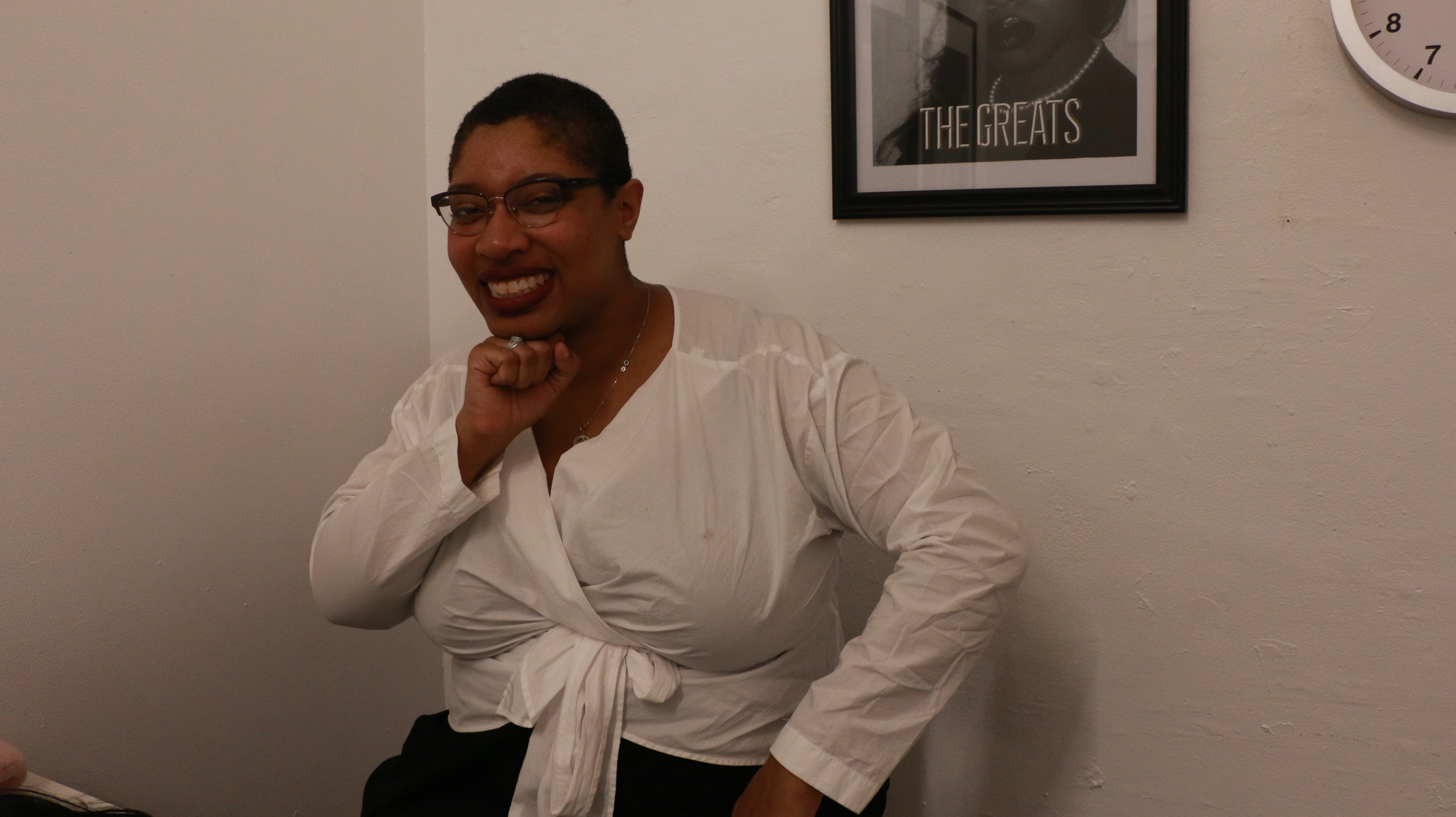
And unlike Hayes who has also held an internship at the art magazine Triple Canopy, Jones has developed the reputation of being difficult to work with.
“My [reputation] reminds me of that one quote from Beyoncé where she says something along the lines of, ‘I’m not bossy, I am the boss,’” Jones said. “That’s sort of how I contextualize those sort of responses.”
Third year fine arts student Michelle Guterman, 21, worked with Jones as an assistant for an artist talk she gave at The New School in a 4-D class. She said she found Jones to be “very professional,” making her job as an assistant very easy, as well as working against the diva tendencies Jones has made herself known for. Guterman first met Jones in her archive studio at Parsons, and when she saw an Instagram post that Jones was looking for an intern, she “jumped at the opportunity.”
Hayes has built a an alter ego that truly exists in the world. For this reason, Jones has the ability and agency to say and comment on things Hayes might not ever consider in her own life and art. She can also use Jones to make a larger social point. “I always say I use her as a proxy to figure out different things, like how I actually feel about something,” Hayes said about Jones, especially pertaining to what she calls Jones’ apolitical nature. Jones photographs mainly white men in black and white. “I think there is a particular sense of livelihood that comes from the [white] body,” Jones said. She also skillfully evades any critique of it by pinning it on what is considered the ideal form in this country.
“I understand the issue of representation,” Jones continued. “Our studio is extremely inclusive, it’s extremely diverse. We have many, many people working to create these images that people can enjoy.”
Her interest in exploring issues surrounding representation and navigating it in the art world is something that sets Hayes aside from her sometimes tone-deaf persona. “I’m interested in exploiting the nuances of that, and figuring out what happens if Sophia does this as a black female body who has unwavering social capital.”
Photos by Quinn Sullivan
Truman is the Editor-in-Chief for The New School Free Press and a senior in the Journalism + Design program at Lang. He has also contributed online content for both Interview Magazine and V Magazine, talking with musicians, directors and a variety of other artists. Born in raised in Oakland, California, he now lives in Bed Stuy with a witchy roommate who is always down to burn some candles with him.

